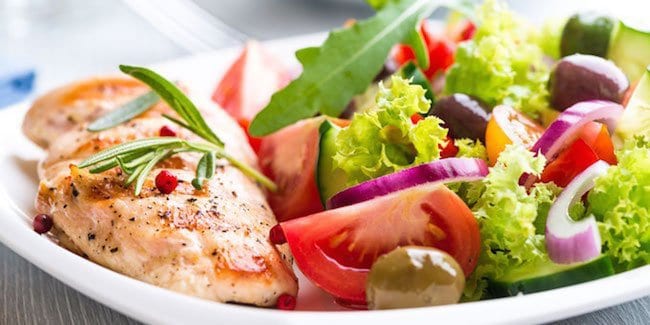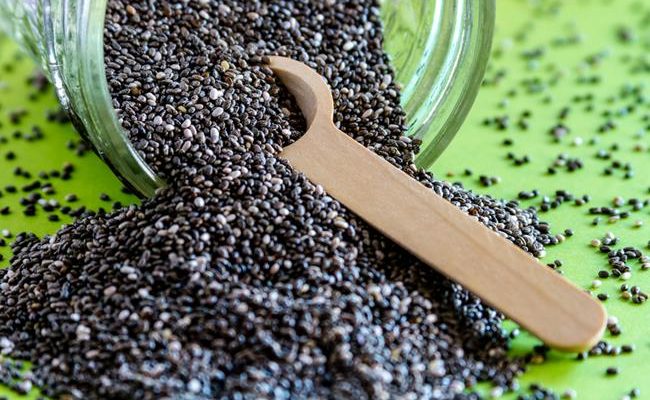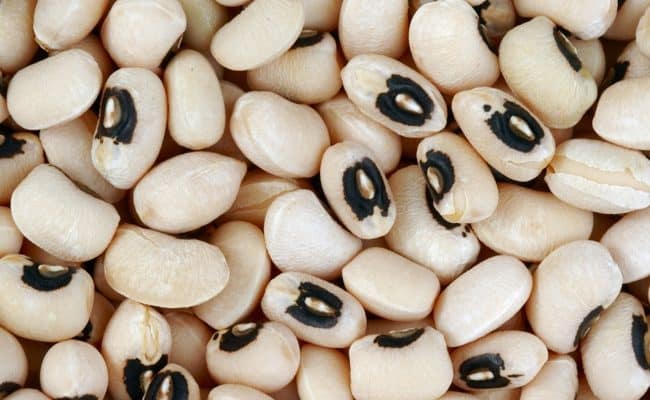
It is not surprising that many people’s favorite foods are those which are unhealthy, high in in fat, sugar, salt or other artificial flavorings. Fast food, many snack foods and other processed food products all play a large part in the diets of many Americans, purely because they taste so good.
It is also unsurprising that restaurant foods, where the focus is on taste rather than the effect on customers waist lines also tend to be high in fat, sugar, salt or a combination of the three.
For home cooks, making food that tastes as good as what they are used to from other sources also often means the addition of more fat, salt or condiments that add calories as well as flavor.
So is it possible to cook food that is low in calories, high in nutrition and that also tastes good?
Healthy ways to add flavor to food without adding calories
Use herbs and spices
Herbs and spices add no calories and fat and pack a huge flavor punch. They are a great way to avoid adding salt to food and also add taste to low fat foods that may normally seem bland. There are a huge variety of herbs and spices available, so experiment with unusual spices from different cultures or different combinations to create new tastes.
Fresh herbs are also a great way to bring a meal to life, so investing in a few plants can be a great way to have your favorites on hand at all times.
Choose good quality ingredients
When cooking it is always important to choose the best quality ingredients that you can afford as this often has a large impact on the final taste of the food. Remember that the best ingredients are not always the most expensive so look for local producers and farmer that are producing great foods at a lower costs than the supermarkets and support the local community in the process.
Make your own
If it is possible, growing and making your own primary foods is also a great way to save money and ensure quality and flavor. Vegetables and fruit always taste better from your own garden and need little enhancement, whilst making your own bread, pasta, sauces, stocks and condiments allows you full control as to the ingredients that go into them.
This means you can reduce the fat, salt and sugar content and experiment with different ways of adding flavor.
Use marinades
Marinades are a great way to add flavor before cooking and make a big difference to the final product. Using fresh or dried herbs and spices, vinegar, yogurt and healthy fats such as olive oil will infuse meat, fish or vegetables with flavor before cooking and calories can be limited if some of the marinade is removed before cooking .
Choose in season produce
Fruit, vegetables, seafood and even meat can have an ideal season when its flavor is far superior to other times in the year. When we buy from supermarkets, we get used to being able to obtain any food we want all year round, however, much of this food has been shipped from other countries or grown in artificial situations in order to maintain the supply when it is out of season and this results in a product that is often lacking in flavor.
A trip to a local farmers market where only seasonal and local produce is on offer is well worth the effort in terms of flavor, or if this is not feasible, at least being aware of when different produce is at its best and buying local where possible can make a huge difference.
Use cooking techniques that add flavor
Low fat and calorie cooking techniques often add less flavor than less healthy alternatives such as deep frying. However, there are plenty of ways to cook with less fat that still add taste to a meal. Charcoal and barbequing is a great way to get flavor on everything from meat to vegetables, as is grilling.
Letting the fat drip away from foods during these cooking processes means you are consuming less calories but still maintaining plenty of taste. Boiling foods such as rice or couscous in a little low salt stock is a great way to add flavor without extra calories and roasting foods such as fish with a little oil and lots of herbs or spices in a sealed aluminum foil package locks in flavor.
Train yourself to appreciate food with less salt.
There is so much salt present in the diet of most Americans that foods with a low salt content or which have not been seasoned tend to taste bland and unpalatable. Over time we have become accustomed to salt in our food, and hence need to add more and more to get the desired effects.
Not only is salt present in obvious places such as salty snacks or canned foods, but it is also added in the cooking process and then again at the table. It is not only an ingredient commonly found in savory foods, but also added to sweet treats to enhance flavor.
In order to appreciate the taste of foods without salt, it is necessary to adjust your palate until you no longer need salt to enhance the flavor. This is likely to be a gradual process, starting with avoiding adding extra salt at the table, then trying to cut back in cooking and choosing fresh food over those which have had salt added to them where possible.
Although food may seem to lack taste in the beginning, you will soon get used to the lack of salt and appreciate the flavor of the food itself more.










